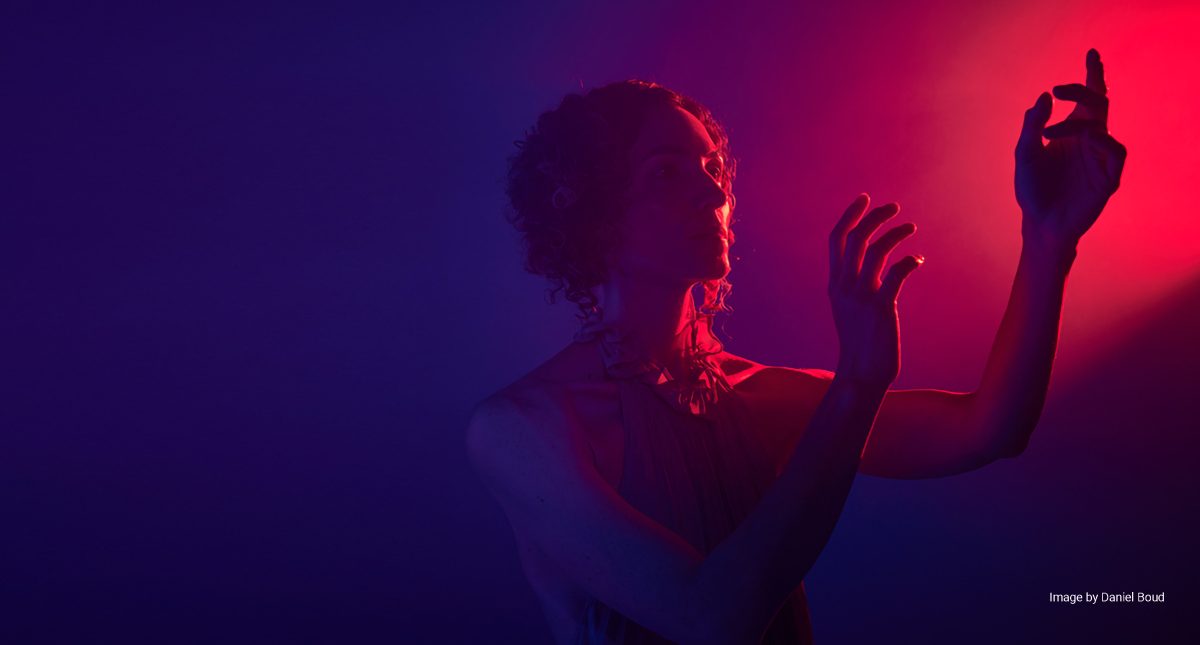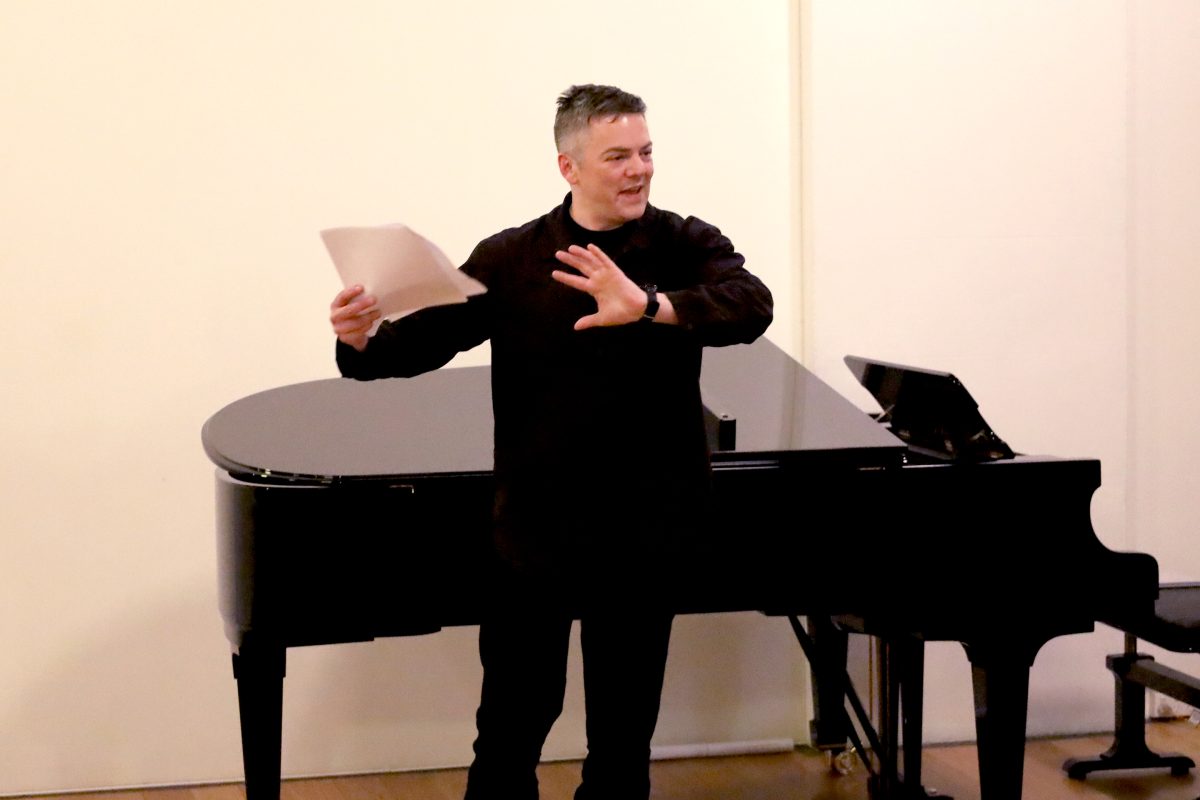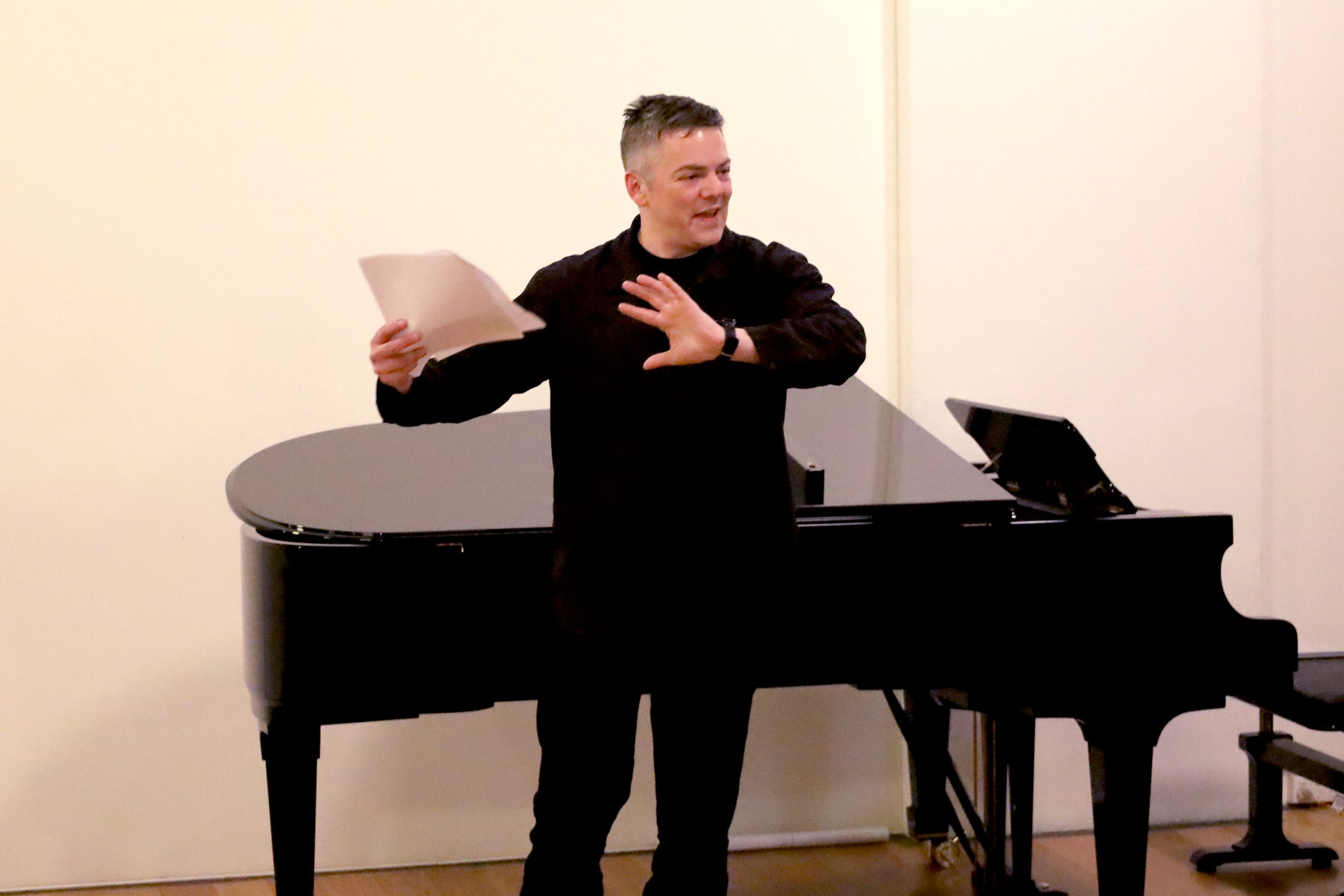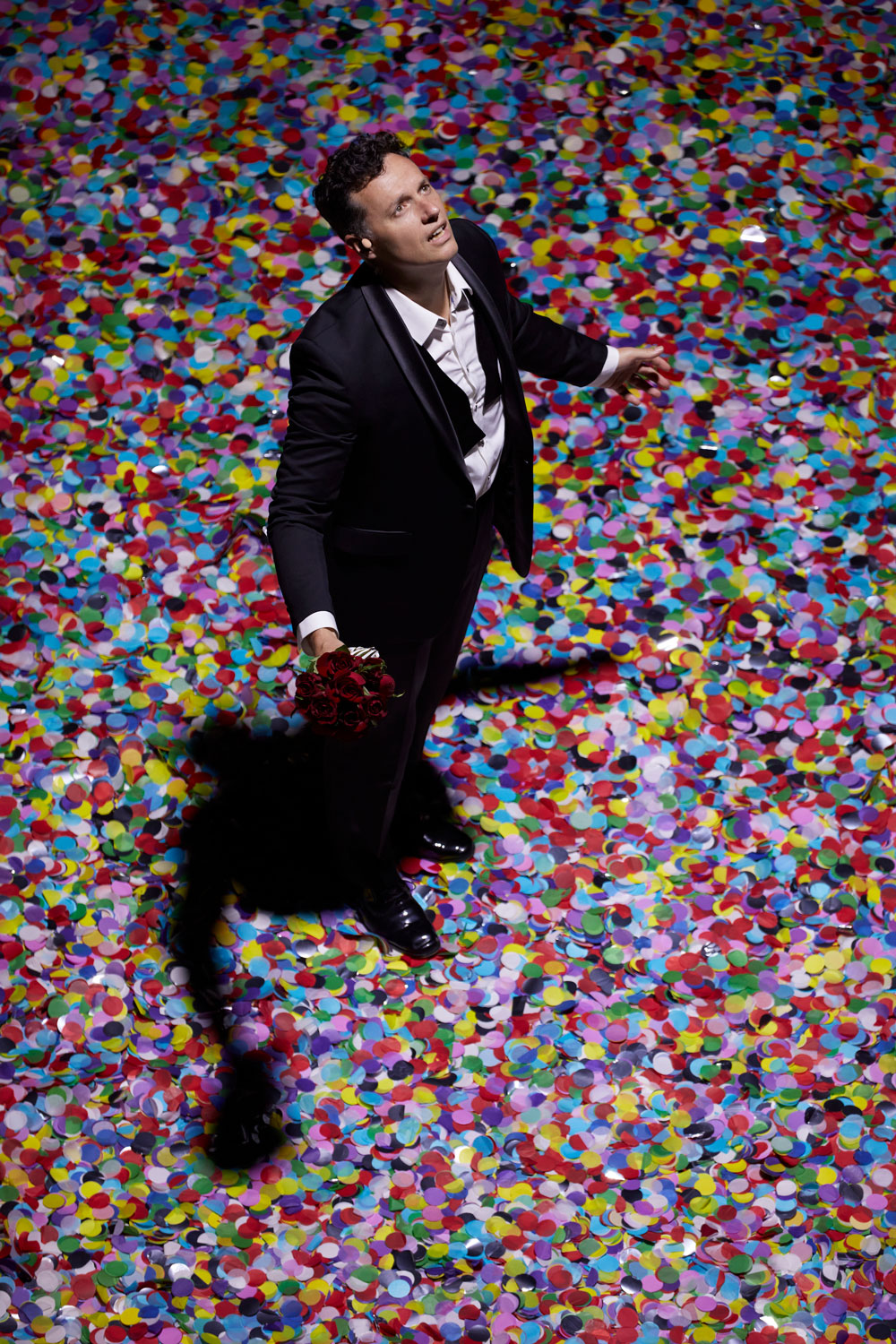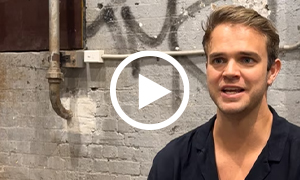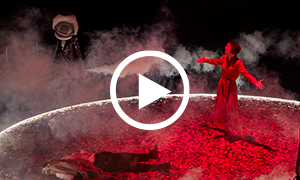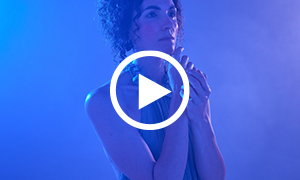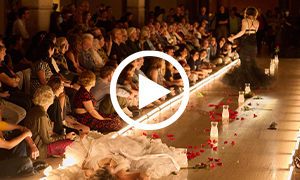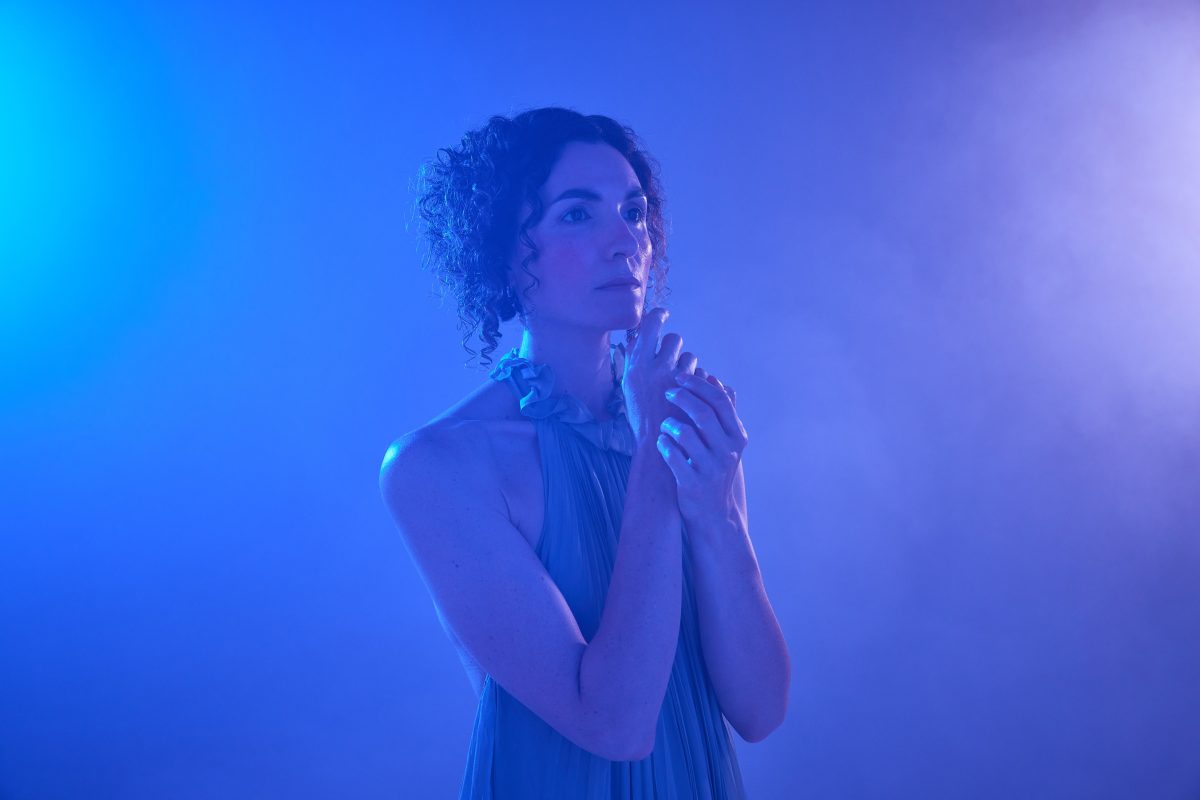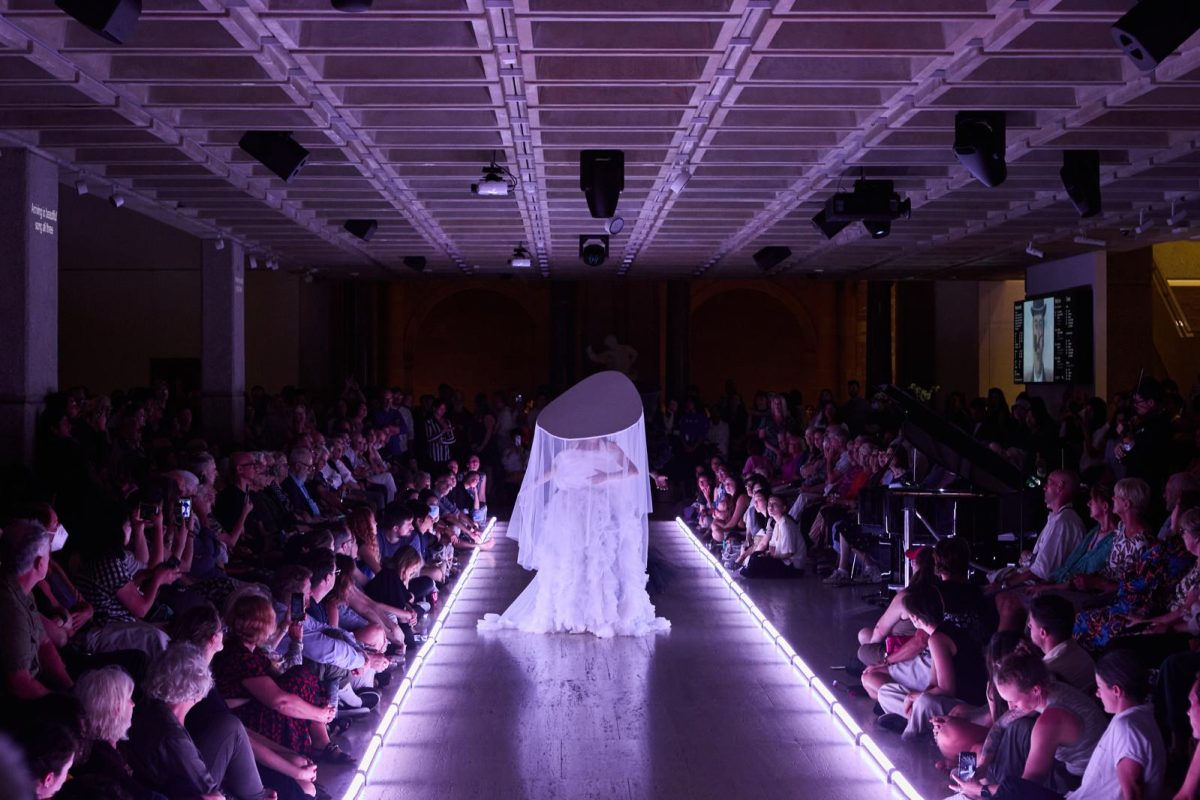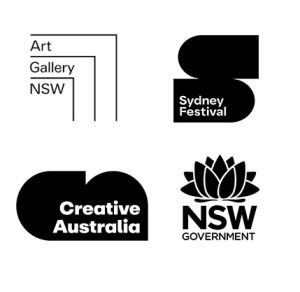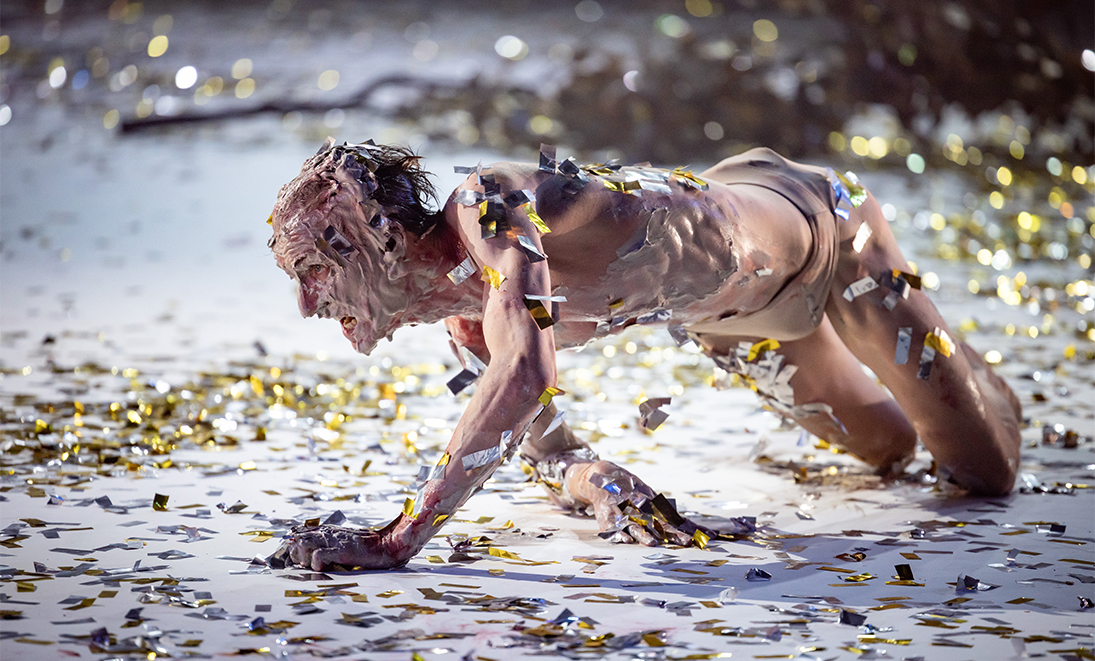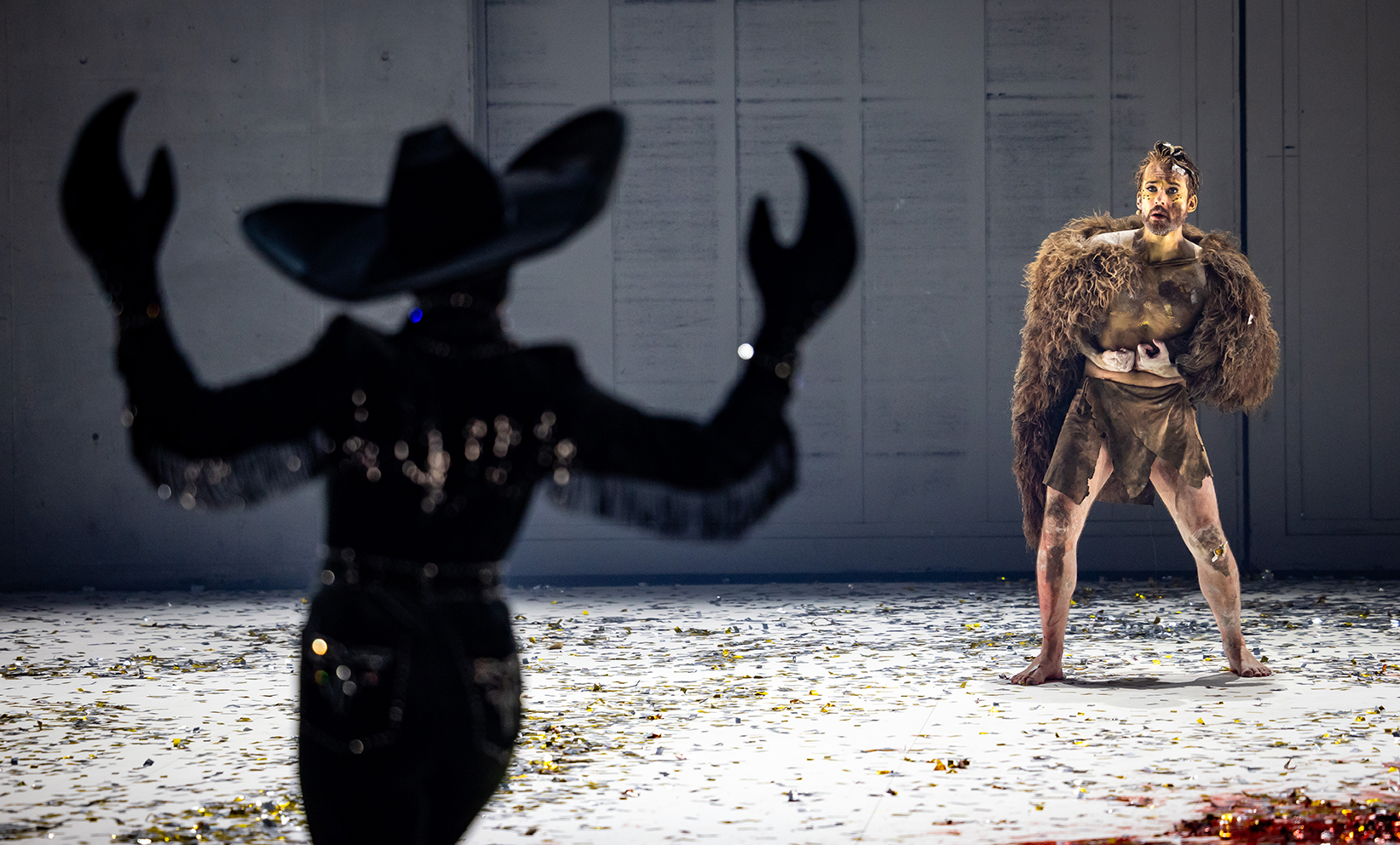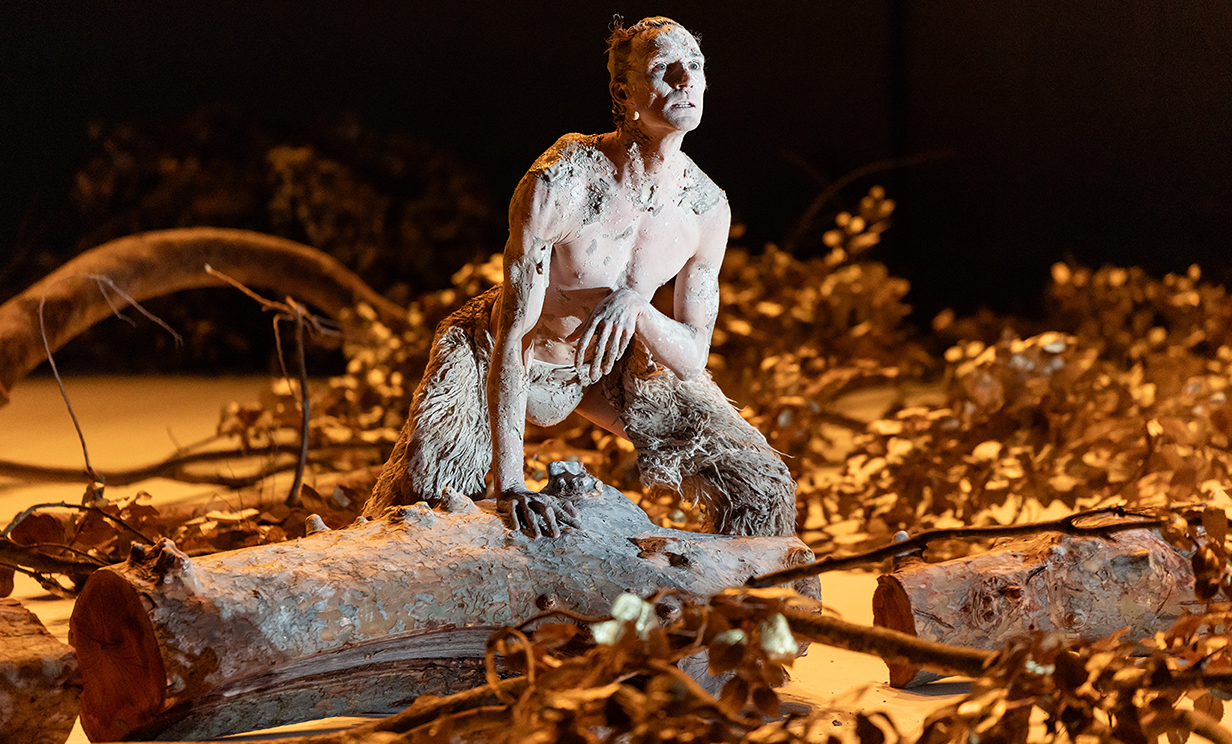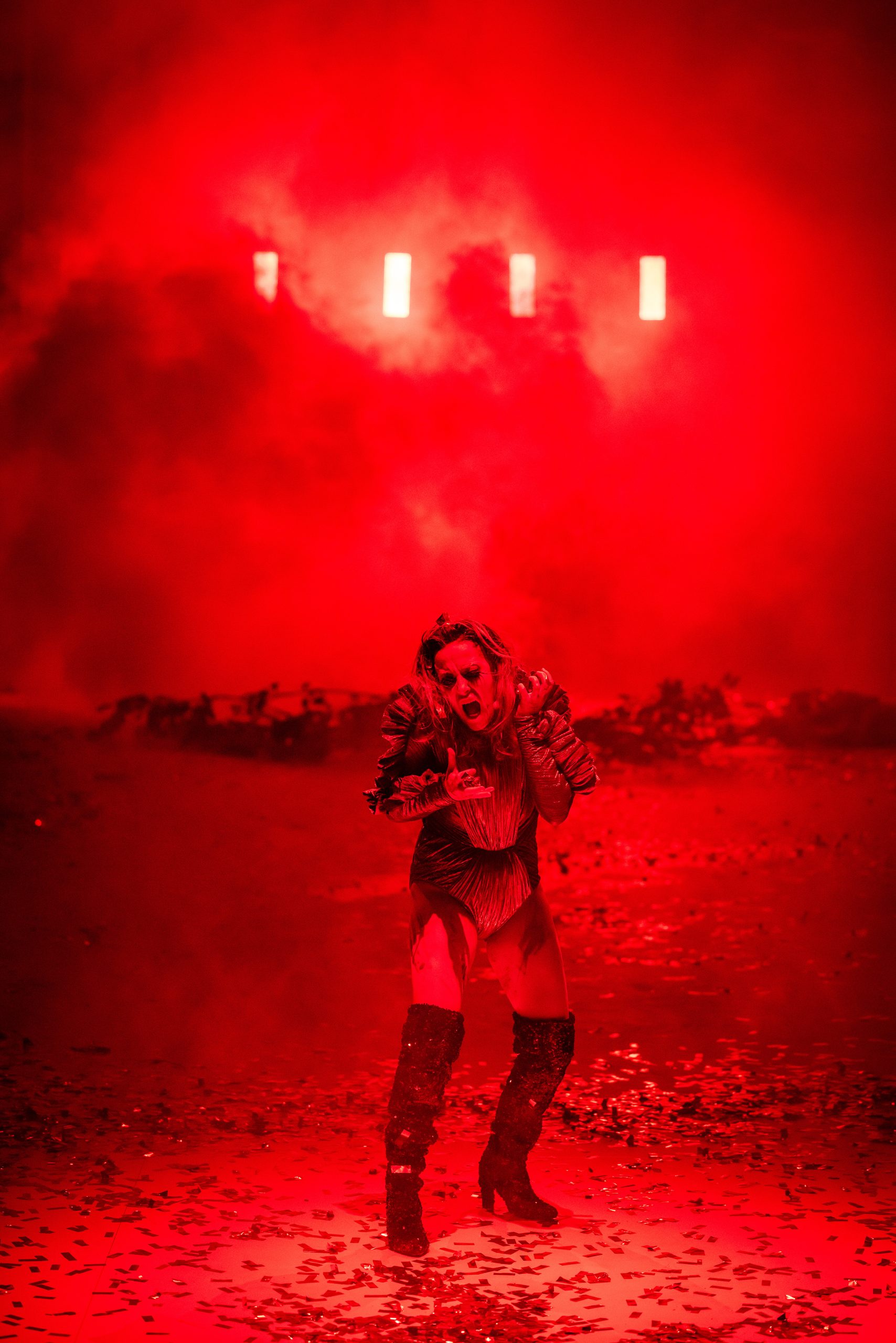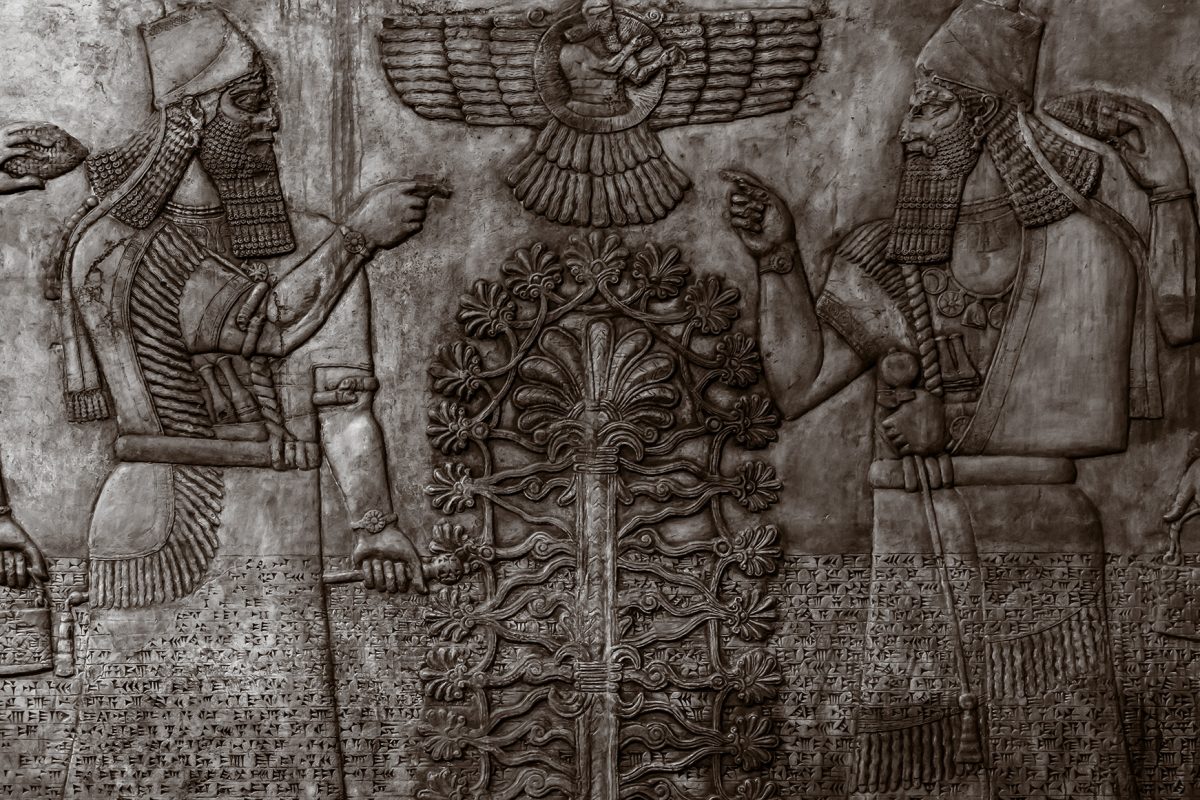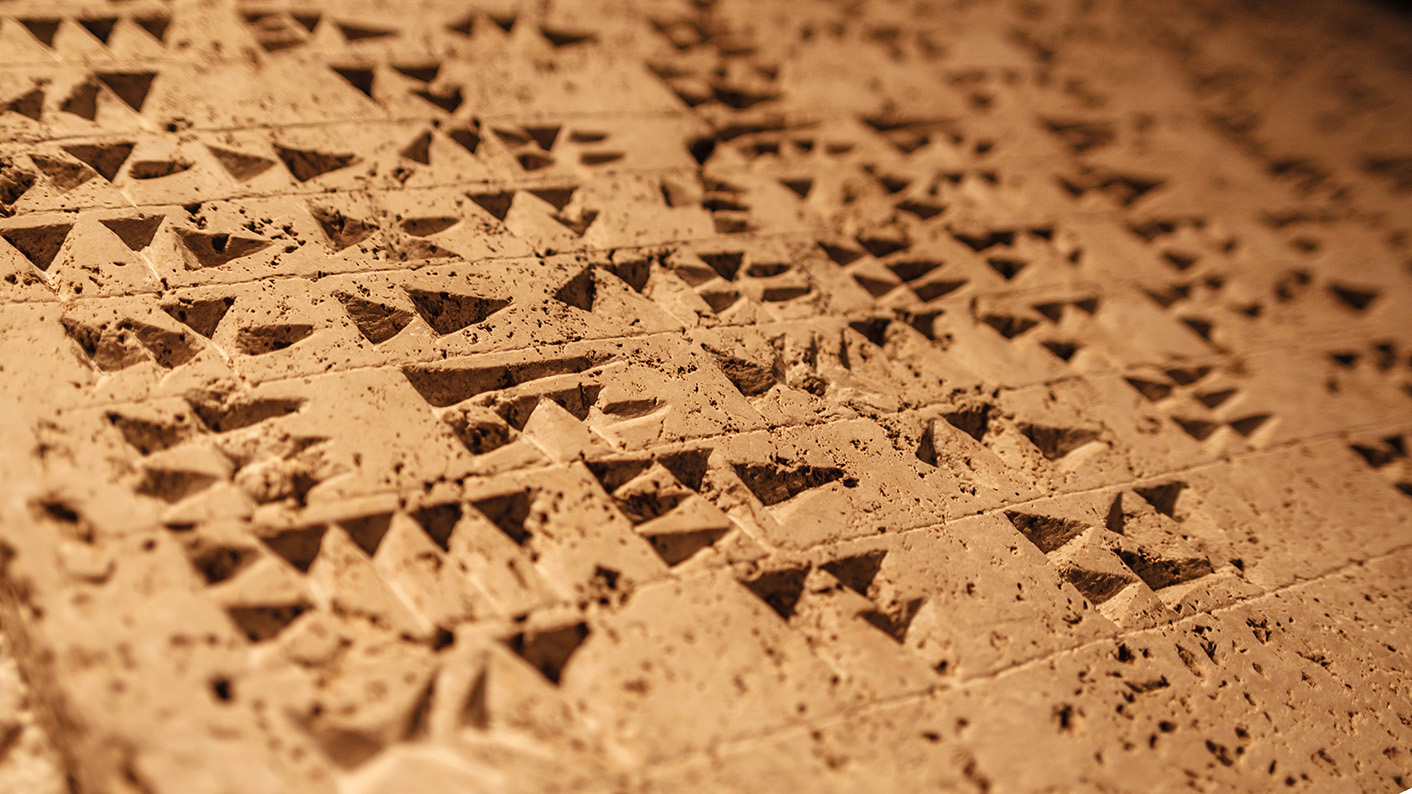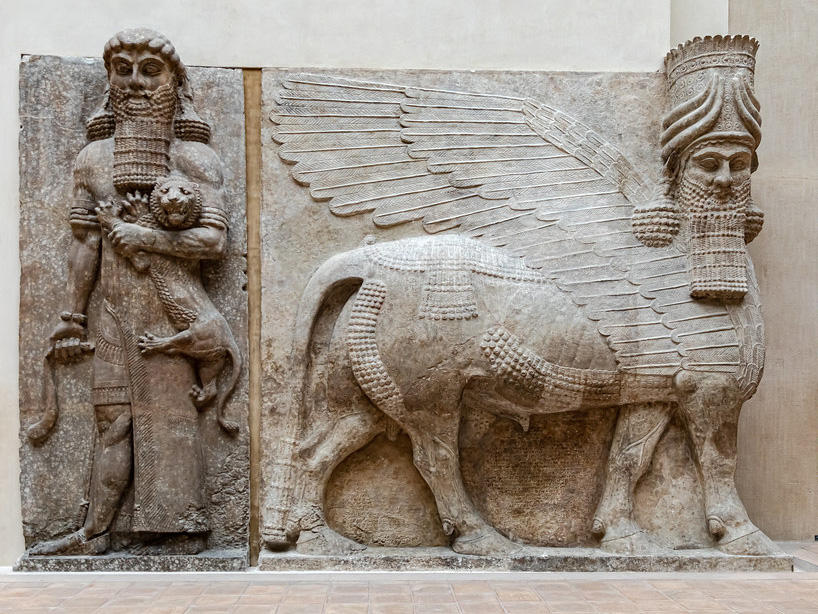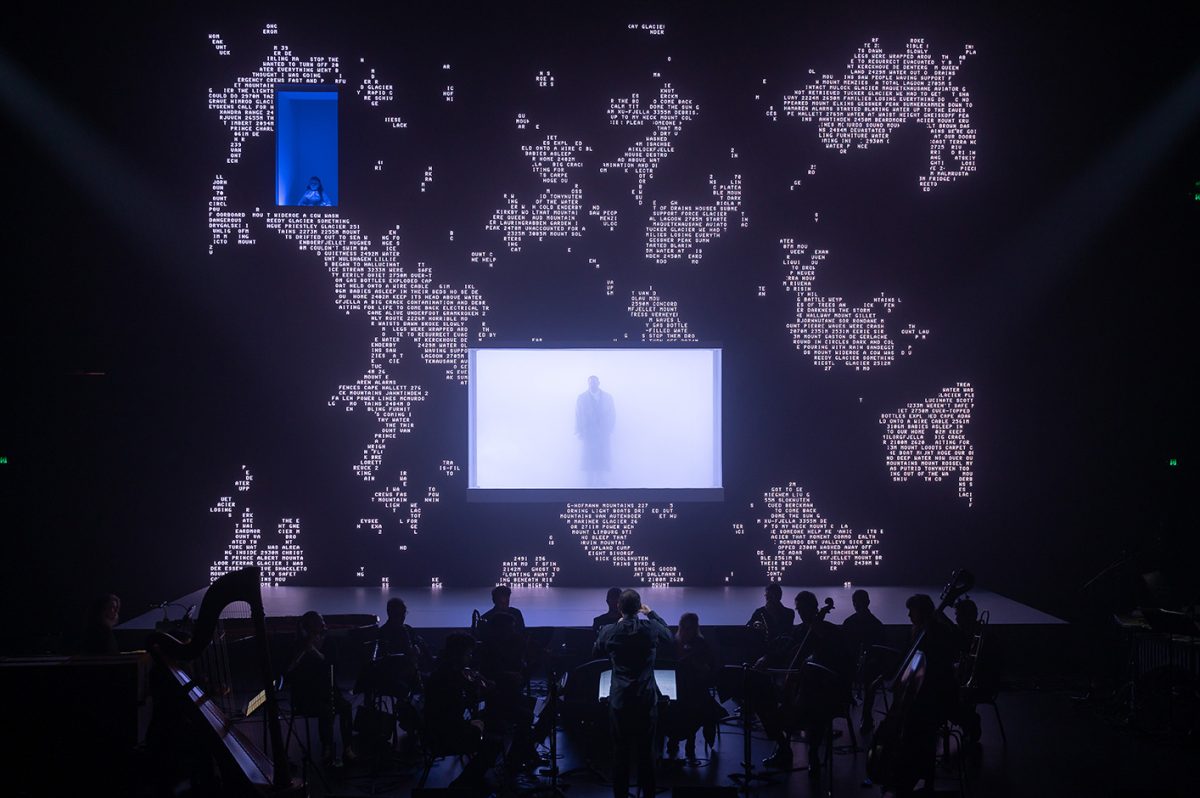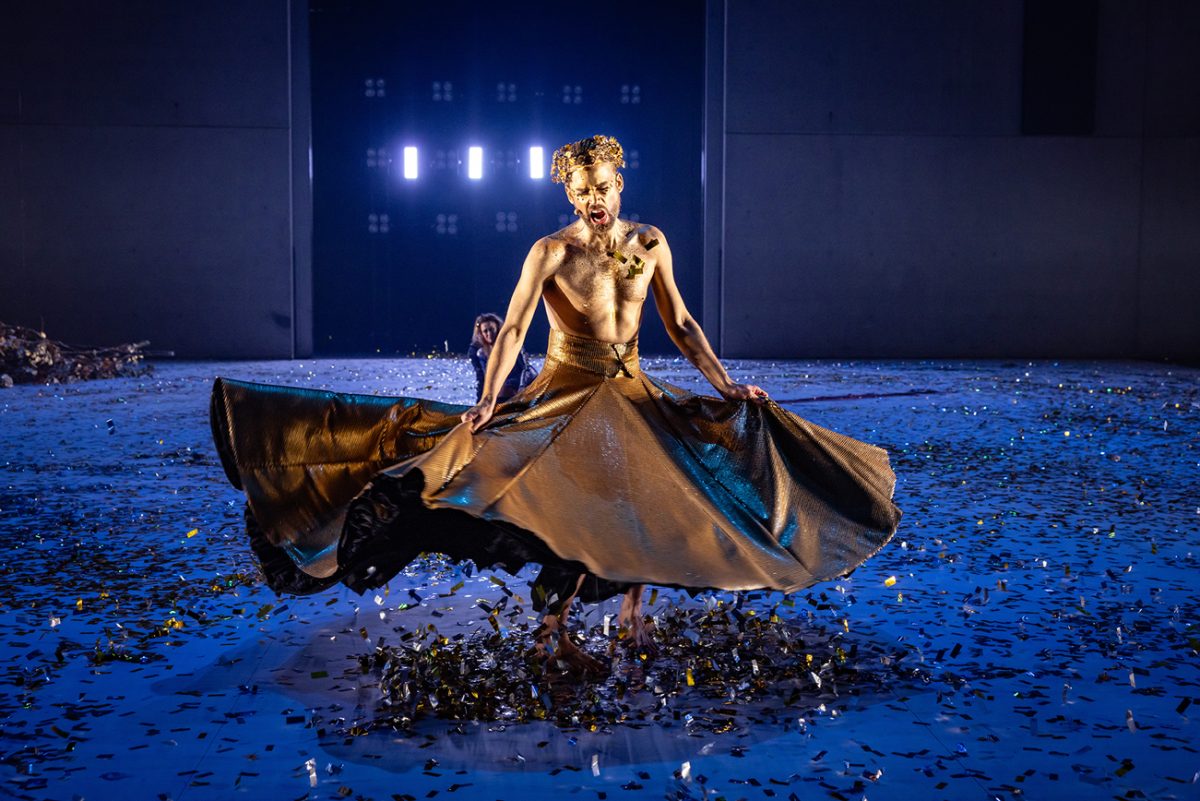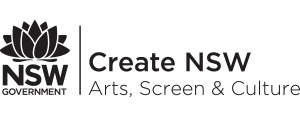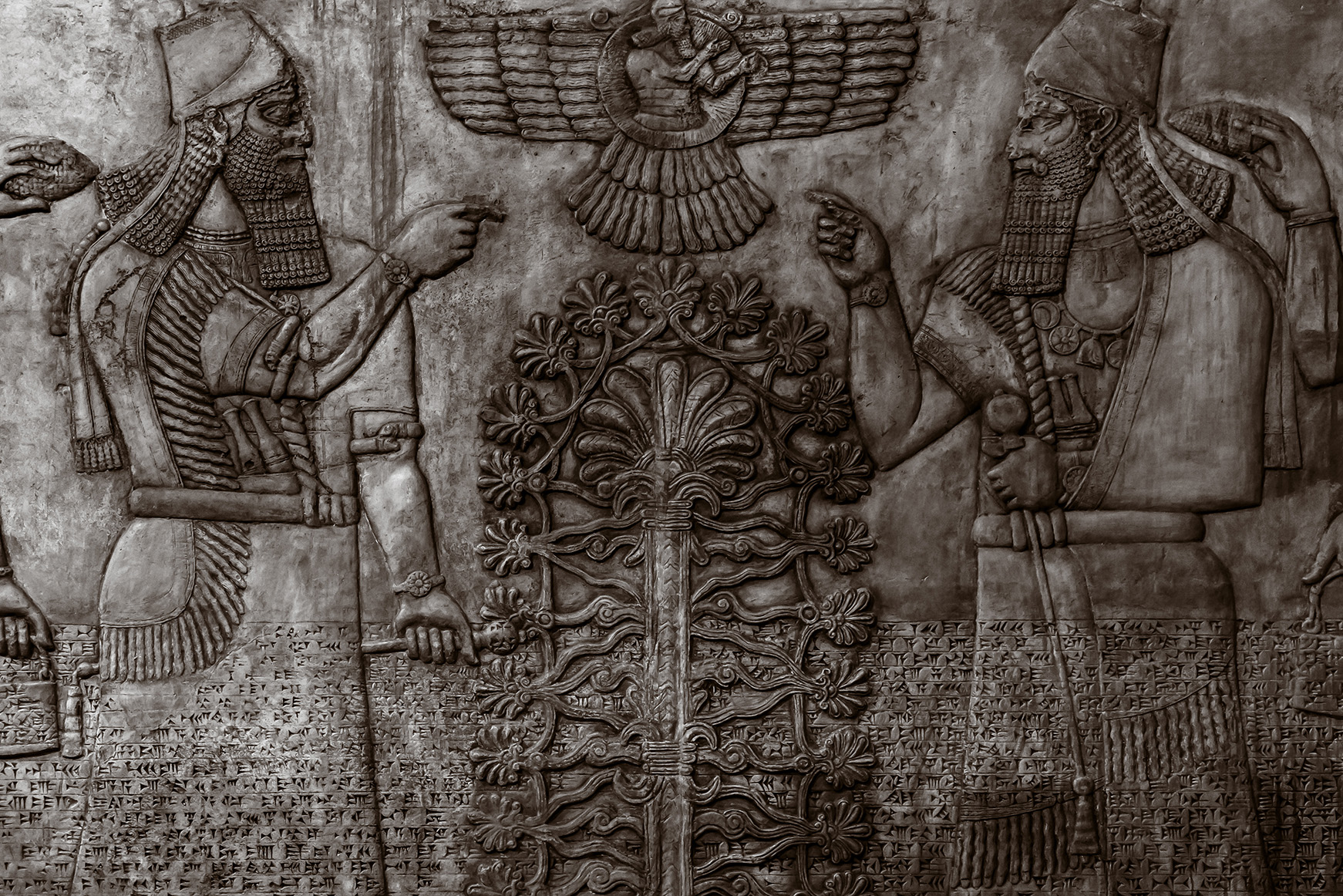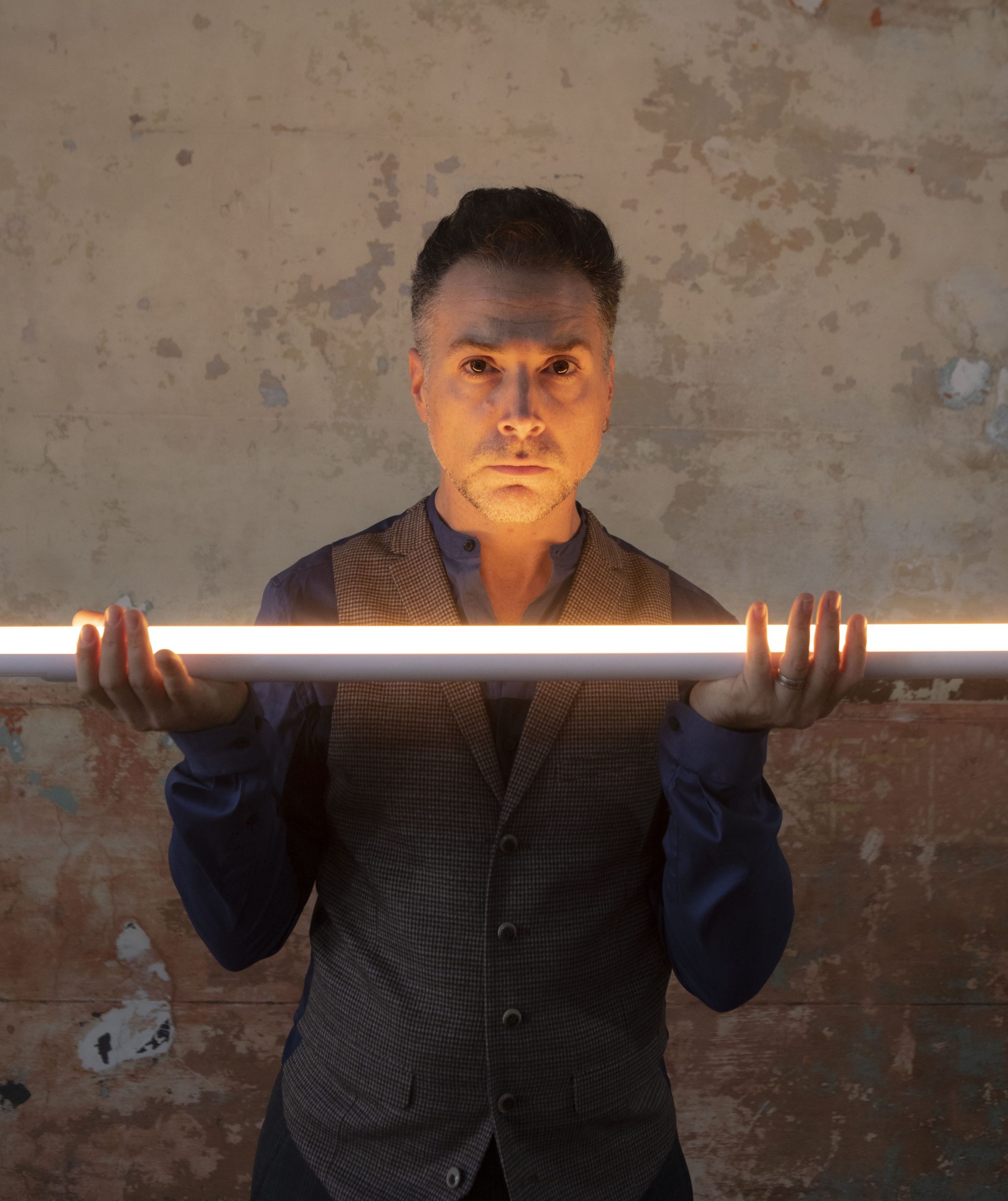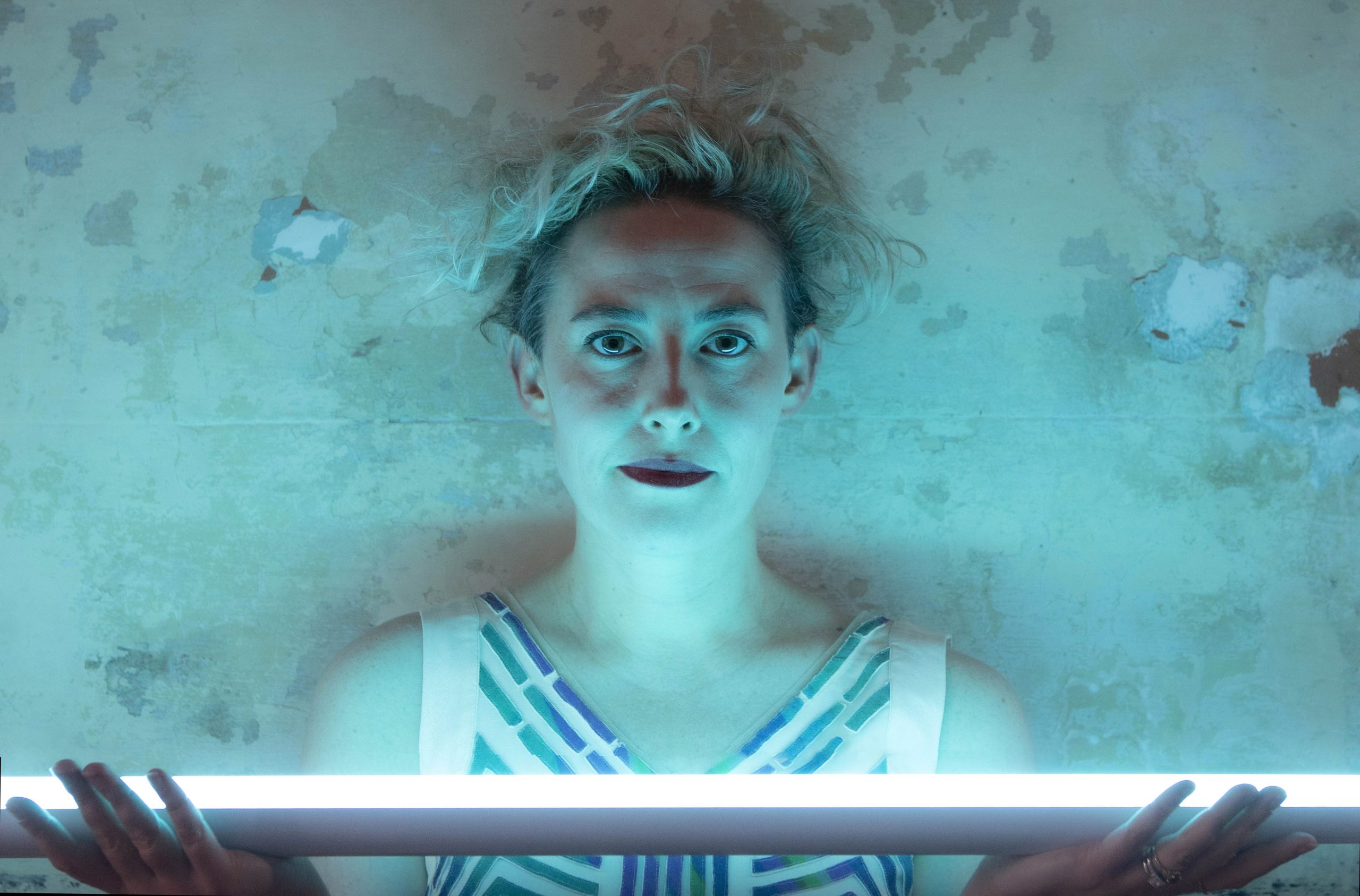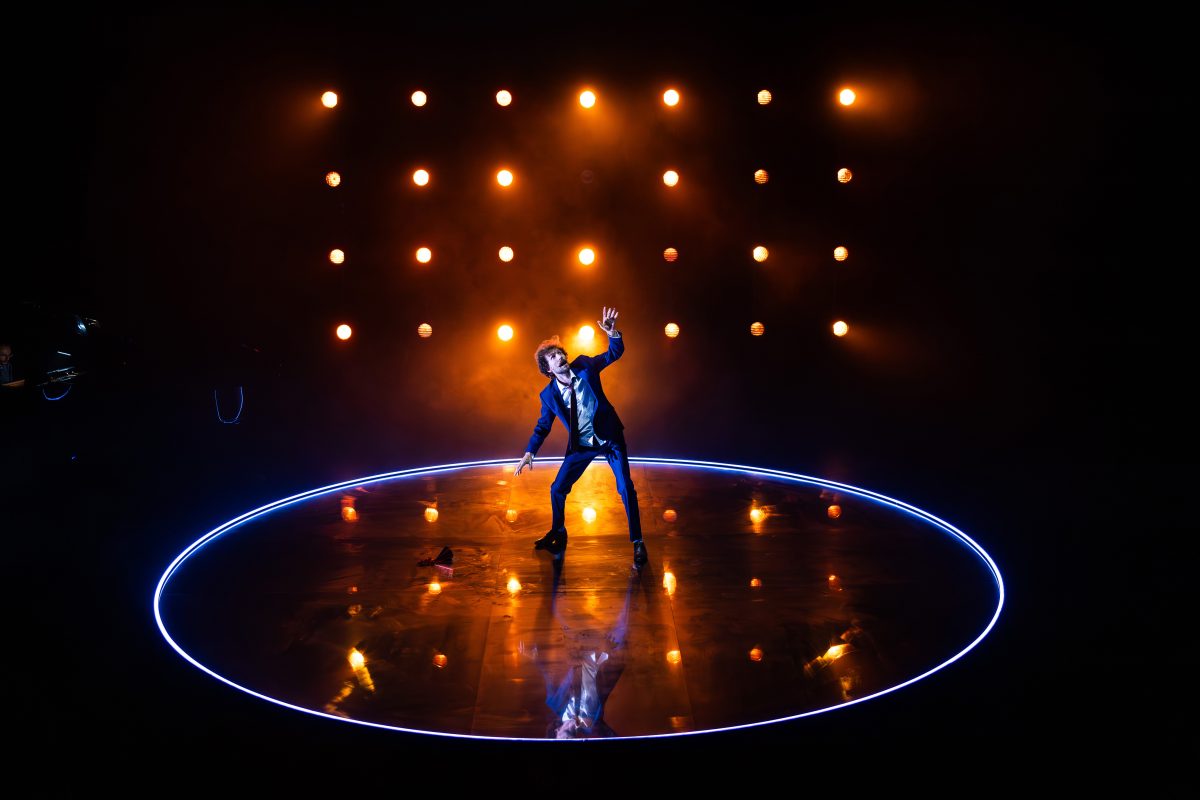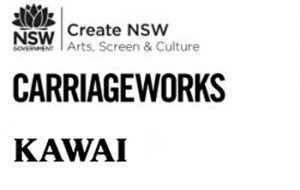Aphrodite
BIOGRAPHIES
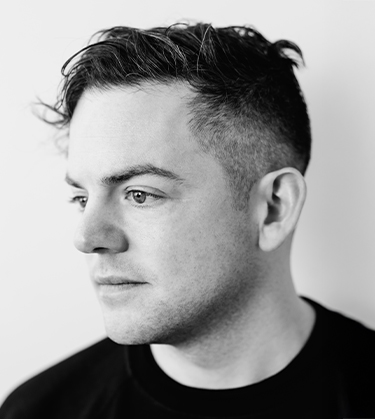
Nico Muhly
Composer
Composer
Nico Muhly (b. 1981) has composed music for the Metropolitan Opera (Two Boys, 2011, and Marnie, 2018), for the New York, Los Angeles and Berlin Philharmonics and the San Francisco Symphony (where he was creative partner), and for stage, film (including The Reader, 2008), and television dramas (including Pachinko, 2022-2024).
His works have been performed by the choirs of Westminster Abbey, King’s College Cambridge, and Sidney Sussex College Cambridge, where he is composer-in-residence, and the Tallis Scholars. He has collaborated with musical artists Anohni, Björk, James Blake, The National, Paul Simon, and Sufjan Stevens, choreographers Kyle Abraham, Benjamin Millepied, Mark Morris, and Justin Peck, and visual artists Maira Kalman, Yu Hong, and Oliver Beer.
He has written vocal works for Anthony Roth Costanzo and Renée Fleming, as well as concerti for violist Nadia Sirota, organist James McVinnie, violinist Renaud Capuçon, trumpeter Tine Thing Helseth, and pianists Katia & Marielle Labèque. His large-scale instrumental solo works include The Street for harpist Parker Ramsay, with text by Alice Goodman, and The Bell Études for pianist Conor Hanick. He has released recordings on Decca and Nonesuch, and as a founding member of the artist-run Bedroom Community label.
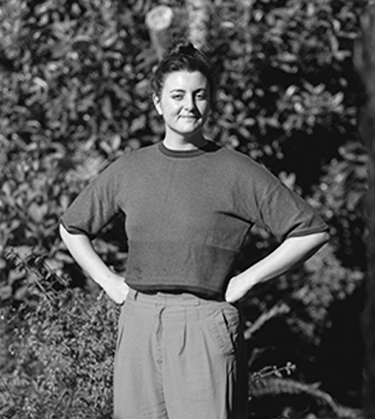
Laura Lethlean
Librettist
Librettist
Laura Lethlean an Australian playwright. Her award-winning plays have been programmed at theatres and festivals across Australia and New Zealand.
Laura’s play, Two Hearts, was published by Australian Plays Transform and produced in Sydney (Kings Cross Theatre, 2018), Melbourne (One Act Play Festival, 2019) and then back in Sydney (Flight Path Theatre, 2025).
Laura’s other produced plays include Plastic Pacific (the Substation, 2013), The Space Between the Fuel and The Fire (NIDA, 2016), Fading (Canberra Theatre Centre/CYT, 2018), The Three Graces (Theatre Works 2019), and Pillow Fight (Gasworks, 2022). Pillow Fight won the Tour Ready award at the Melbourne Fringe Festival, which took the production to New Zealand Fringe and Castlemaine Arts Festival in 2023. Laura’s commissions include Honey for The National Drama School, Aphrodite for Sydney Chamber Opera, and The Cockatoo the Victorian Seniors Festival.
Laura trained at NIDA, receiving a Master of Fine Arts in Writing for Performance in 2015. Laura is an alumnus of ATYPs Fresh Ink, The National Studio, and TheatreWorks’ She Writes programs. Through programs such as these, Laura has benefited from the mentorship of pioneering Australian playwrights such as Patricia Cornelius, Angus Cerini, and Robyn Archer (AO).
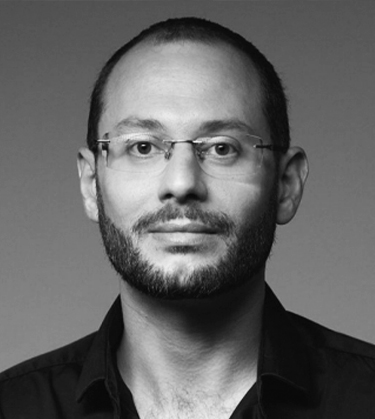
Jack Symonds
Conductor
Conductor
Jack Symonds is a composer, conductor and pianist, and Artistic Director of Sydney Chamber Opera. He studied composition at the Royal College of Music, London under Kenneth Hesketh and at the Sydney Conservatorium of Music where he received the University Medal. His stage works represent “a striking and impressive new operatic voice” (Sydney Morning Herald) and he is “one of those performers who seemingly can play anything” (Australian Book Review).
He specialises in the performance of new music, including conducting and playing major stage works by Britten, Benjamin, Janáček, Dusapin, Kurtág, Saariaho, Maxwell Davies, Kancheli, Rihm and has given world premieres of operas by Gyger, Finsterer, Smetanin, & Ricketson.
His recent performances have shown “masterly musicianship, projecting an engrossingly cogent understanding of complexities and expressive purpose” (SMH), the ability to “draw an emotional throughline so clear that every unexpected melodic or dynamic turn feels comfortable and logical” (Timeout), and is “impressive as ever at the piano, creating a vital palette of carefully gradated tone colours.” (Backtrack).
He has performed in and made work for the Holland, Tokyo, Sydney, Melbourne & Adelaide Festivals, Opera Australia, Dark MOFO, Sydney Opera House, Biennale of Sydney, Carriageworks, Melbourne Recital Centre, National Gallery of Australia, among many others.
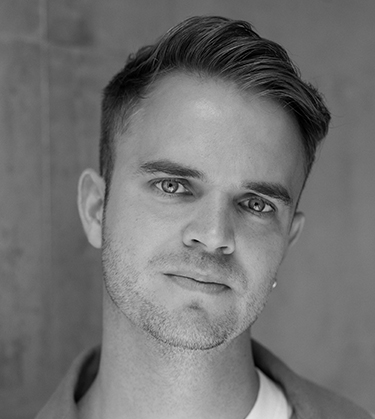
Alexander Berlage
Director & Lighting Designer
Director & Lighting Designer
Alexander Berlage is a multi-award-winning director and lighting designer.
Alexander’s acclaimed production of A STREETCAR NAMED DESIRE won 4 Sydney Theatre Awards including Best Independent Production and Best Direction of an Independent Production. His smash-hit, sold-out production of AMERICAN PSYCHO won 9 Sydney Theatre Awards including Best Direction of a Musical and Best Production of a Musical.
Alexander’s production of CRY-BABY sold out and won 4 Sydney Theatre Awards including Best Direction of a Musical and Best Production of a Musical. He has twice won the Sydney Theatre Award for Best Lighting Design of an Independent Production – for his work on AMERICAN PSYCHO and on 4:48 PSYCHOSIS.
Directing credits include WOMEN ON THE VERGE OF A NERVOUS BREAKDOWN YOUNG (with Pinwheel Productions), FRANKENSTEIN, AMERICAN PSYCHO, CRY-BABY (at Hayes Theatre Co); LET THE RIGHT ONE IN (Darlinghurst Theatre Co.); for FUTURE REMAINS (with Sydney Festival), EARTH.VOICE.BODY, RESONANT BODIES (Sydney Chamber Opera); GLORIA (Outhouse Theatre Co); for A STREETCAR NAMED DESIRE, HAND TO GOD (Red Line Productions).
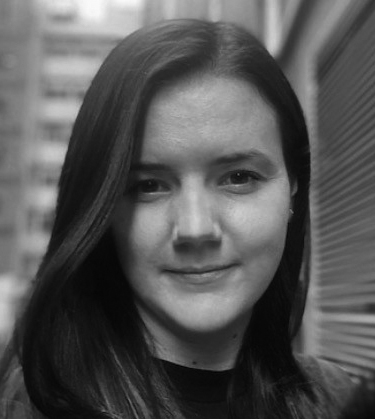
Isabel Hudson
Set & Costume Designer
Set & Costume Designer
Isabel Hudson is an award-winning set and costume designer. Isabel holds a Bachelor of Design from NIDA and a Bachelor of Arts from the University of New South Wales. She is a lecturer at NIDA.
Selected credits include – A FOOL IN LOVE, CONSTELLATIONS, HUBRIS AND HUMILIATION (Sydney Theatre Company) – TORCH THE PLACE set (Melbourne Theatre Company) – MASTER CLASS (Ensemble Theatre) – NUCLEUS, JAILBABY (Griffin Theatre Company) – BLESSED UNION, WINYANBOGA YURRINGA (Belvoir) – DEAR EVAN HANSEN (Michael Cassel Group) – YOUNG FRANKENSTEIN set, AMERICAN PSYCHO set (Hayes Theatre Co) – THE MOUSETRAP costume (Crossroads Live).
For Global Creatures, Isabel is associate set designer for MOULIN ROUGE Australia, Korea, and Japan; for Opera Australia, assistant designer for MERRY WIDOW and MY FAIR LADY – and for Sydney Theatre Company, associate designer on FUN HOME directed by Dean Bryant. Isabel has won four Sydney Theatre Awards for her outstanding designs – best set design for CONSTELLATIONS, AMERICAN PSYCHO, and CRY-BABY, and best costume design for HUBRIS AND HUMILIATION. She also won an APDG award for best set design for AMERICAN PSYCHO.
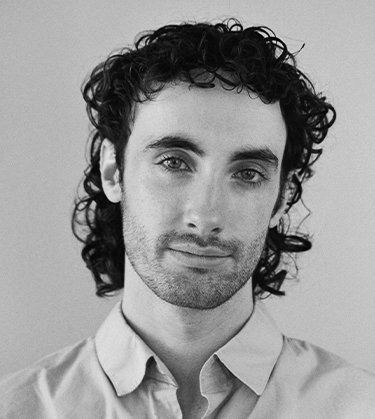
Morgan Moroney
Video Designer
Video Designer
Morgan Moroney is a lighting and video designer working across theatre, opera, dance and installation. Growing up on Kaurna land, he currently lives and works primarily on Gadigal land. He brings a distinct multidisciplinary approach to his practice, with a particular fascination for integrated-media live performance.
Recent work: AUGUST: OSAGE COUNTY (Belvoir & Black Swan), SONG OF FIRST DESIRE, NAYIKA: A DANCING GIRL (Belvoir), DIDO & AENEAS (Pinchgut), QUEEN’S NANNY, SUDDENLY LAST SUMMER, CLYDE’S (Ensemble), BARBER OF SEVILLE (Opera Australia) TURN OF THE SCREW (Hayes), SHITTY (Belvoir 25A), CLEANSED (Redline), INFERNO (Australian Brandenburg Orchestra), ANATOMY OF A SUICIDE (Sugary Rum), THE DRY and THE WET (Circa Cairns), SAPLINGS, SHACK (ATYP) and COLLAPSIBLE (essential workers), which he also co-directed.
Training: NIDA. Awards: 2020 APDG Emerging Designer for Live Performance (GHOSTS), 2023 Sydney Theatre Award in Best Independent Lighting Design, NIDA X Storytelling Futures Grant (COLLAPSIBLE), 2023 APDG Award in Lighting Design (CLEANSED), 2024 Michael Northen Award, administered by the Association for Lighting Production and Design in the UK.
Morgan’s assistant and associate designer work with Nick Schlieper includes DRACULA (Sydney Theatre Company), PHANTOM OF THE OPERA ON SYDNEY HARBOUR (Opera Australia). Morgan is one half of independent theatre contingent essential workers.
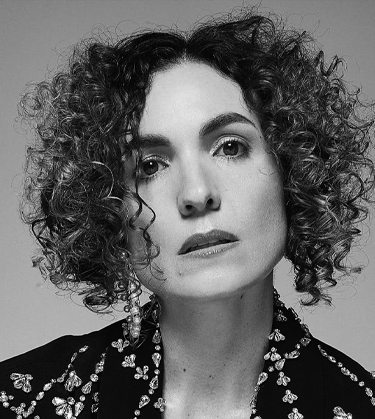
Jessica O'Donoghue
Ava
Ava
Jessica O’Donoghue is one of Australia’s most compelling vocalists and contemporary music makers, known for her magnetic stage presence, genre-defying artistry, and deep storytelling instincts. Classically trained (University of Sydney, VCA), she began her career as a Young Artist with Opera Queensland and London’s Royal Opera House before carving out a singular path across opera, experimental music, and beyond.
Jessica is Co-Artistic Director of The Song Company and a frequent principal artist with Sydney Chamber Opera. She collaborates closely with leading composers, premiering roles in works by Mary Finsterer (Antarctica/Biographica), Huw Belling (Fumeblind Oracle), Andree Greenwell (Three Marys), Peggy Polias (Commute) and Jack Symonds (Gilgamesh).
Celebrated for her “tour de force of dramatic range” (SMH), Jessica’s accolades include an APRA/AMCOS Art Music Award for ‘Performance of the Year’, an AIM Fellowship, and finalist for the 2024 AWMA Opera Australia Impact Award. She also releases acclaimed solo albums blending classical, pop, and experimental styles. Rise Up (2022), a striking fusion of classical, pop, and experimental sound worlds, was a finalist for Album of the Year at the international ProgSpace Awards.
Jessica is completing a PhD in composition at Sydney Conservatorium of Music under supervisors Liza Lim and Paul Stanhope. Her first opera, Menarche, premiered in 2024, followed by Running Man for 2026/2027.
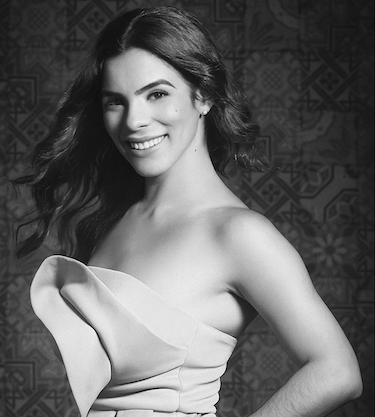
Meechot Marrero
Aphrodite
Aphrodite
Meechot Marrero, soprano, has been hailed as “a revelation…a young Puerto Rican star with a great career ahead” (El Nuevo Día). She is a frequent guest at Deutsche Oper Berlin, where her repertoire includes Gretel (Hänsel und Gretel), Frasquita (Carmen), and The Vixen (The Cunning Little Vixen).
In 2024–2025, she performs Carmina Burana with the Oakland and Grand Rapids symphonies, returns to Deutsche Oper Berlin, and makes her role debut as Nuria in Golijov’s Ainadamar at the Casals Festival. Other recent highlights include appearances with Opera San Antonio, the Royal Opera House Muscat, and multiple concerts under Sir Donald Runnicles.
Marrero made her debut as Cunegonde in Candide at Komische Oper Berlin and has also sung Maria in West Side Story, Adina in L’elisir d’Amore, Musetta in La Bohème, and Liù in Turandot across Europe and the U.S.
A native of Corozal, Puerto Rico, she is a graduate of the Puerto Rico Music Conservatory and Yale School of Music. She began her musical journey with the San Juan Children’s Choir and is a recipient of both the Schuyler Foundation’s Career Bridges Grant and the Phyllis Curtin Prize.

Zoë Hollyoak
Assistant Director
Assistant Director
Zoë is a Director and Creative Producer who has worked across a range of organisations including Belvoir, Performance Space, Performing Lines, Perth Institute of Contemporary Arts and Black Swan State Theatre Company. She holds a Bachelor of Performing Arts from the Western Australian Academy of Performing Arts (WAAPA) and a Master of Fine Arts (Directing) from the National Institute of Dramatic Art (NIDA). Zoë runs essential workers, a Sydney-based Performance Making Group.
Selected works include – As Director – Pity (Belvoir), The Changelings (PACT), Shitty (Belvoir 25a) The Writer (NIDA), Collapsible (The Old Fitz), Antigonick (NIDA), Cotton Wool Kid (STCWA). As Associate: I Watched Someone Die on Tik Tok (STCWA). As Producer – Amber (The Old Fitz), The Comprehensive A-Z of Missing Persons Australia (WAYTCo), Never Closer (Belvoir), Horses (Belvoir 25a), All His Beloved Children (KXT), Trash Pop Butterflies Dance Dance Paradise (MKA), Slutdrop (PICA). Awards – NIDA X Storytelling Futures Grant, 2024 recipient of The Glorias Fellowship, completing an attachment with The Wooster Group (NYC) under the mentorship of Elizabeth LeCompte.
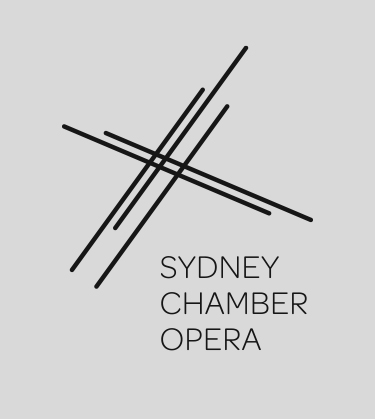
Sydney Chamber Opera
Resident company at Carriageworks, Sydney Chamber Opera, is a fresh and youthful answer to some of the difficult questions facing today’s opera industry. As one of “Australia’s most innovative arts groups” (Sydney Morning Herald) we have “redefined operatic performance in Australia” (Australian Book Review) to show “an astonishing new vision of what contemporary Australian opera can achieve” (Time Out).
Louis Garrick and Jack Symonds established SCO in 2010 and it has rapidly developed into an important and distinctive voice in the Australian music and theatre landscapes. SCO is critically acclaimed for its innovative programming, musical rigour and strong focus on compelling theatre-making. SCO makes opera with a 21st century outlook that resonates with a new, younger audience, and that shows how vibrant and relevant the artform can be. Its program aims for a balance of specially commissioned work by leading homegrown composers, the latest international operas in their Australian premieres, song cycles and cantatas in unusual stagings, and canonical repertoire reinvigorated by the country’s most daring theatrical talent.
SCO has fostered a deep engagement with a wide range of artists across music, text, design, and theatre at the intersection of many cultural practices, and has a unique methodology where it approaches opera as chamber music – where each individual has equal responsibility for their part – a prerogative that it extends to all creatives.
SCO has given the world or Australian premieres of major stage works by Benjamin, Britten, Dusapin, Finsterer, Gyger, Kancheli, Kurtág, Ricketson, Romitelli, Saariaho, Smetanin, Styles & Symonds, and has also been presented by the Holland Festival, Tokyo Festival, Sydney Festival (eight times), Biennale of Sydney (twice), Melbourne Festival and Dark MOFO among others.
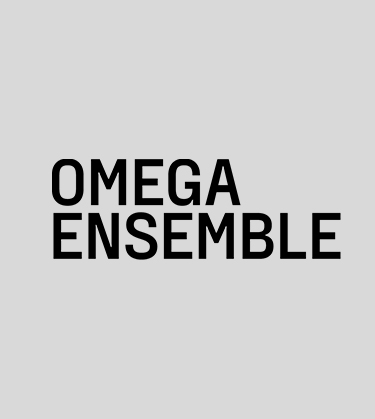
Omega Ensemble
Hailed as ‘the best classical group in town’ (Sydney Morning Herald) and ‘Australia’s most exciting and forward-thinking ensemble’ (Limelight), Omega Ensemble is one of Australia’s most dynamic classical music groups.
The ensemble has received multiple accolades, including Performance of the Year (2023) and the National Luminary Award for Excellence (2024) at the APRA AMCOS Art Music Awards.
At the heart of its success is the musical talent it supports including collaborations with guest artists such as cellist Umberto Clerici, violinist Thomas Gould, didgeridoo virtuoso William Barton and clarinetist Michael Collins, as well as projects with Sydney Dance Company, Sydney Chamber Opera and Sydney Festival.
Omega Ensemble proudly stands at the forefront of new musical expression, commissioning and premiering works by leading composers including Nico Muhly, Holly Harrison, Dr Lou Bennett, Graeme Koehne, Caroline Shaw, Peter Gregson, Elena Kats-Chernin, Carl Vine, Brenda Gifford, Paul Stanhope and Ross Edwards.
Collaboration and musical storytelling also defines the ensemble’s important work off the stage, including its flagship CoLAB: Composer Accelerator Program and ongoing projects with young people across regional and greater metropolitan communities.
Keep in touch
General Inquiries
- contact@sydneychamberopera.com
-
SCO, Carriageworks
PO Box 3035 Redfern, NSW 2016
Postal Address -
SCO, Carriageworks
245 Wilson St Eveleigh, NSW 2015
Resident Address - (02) 8571 9106
